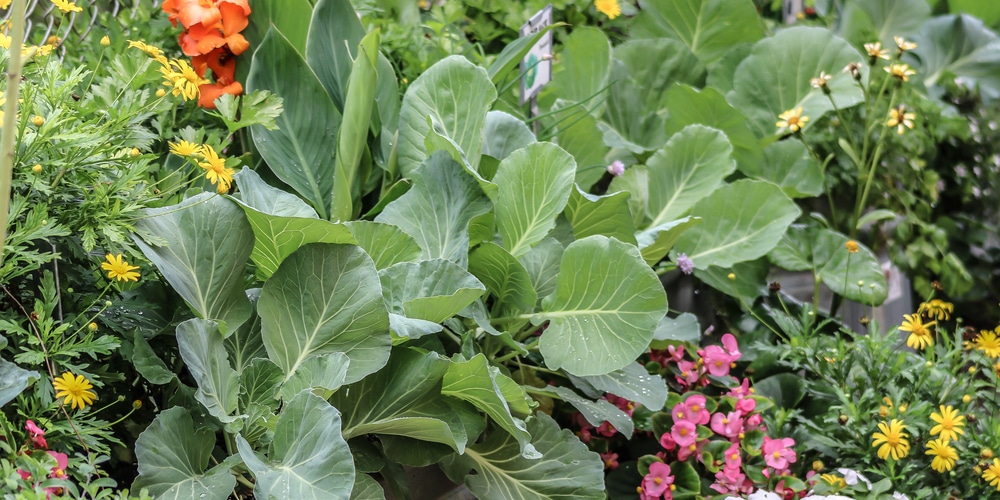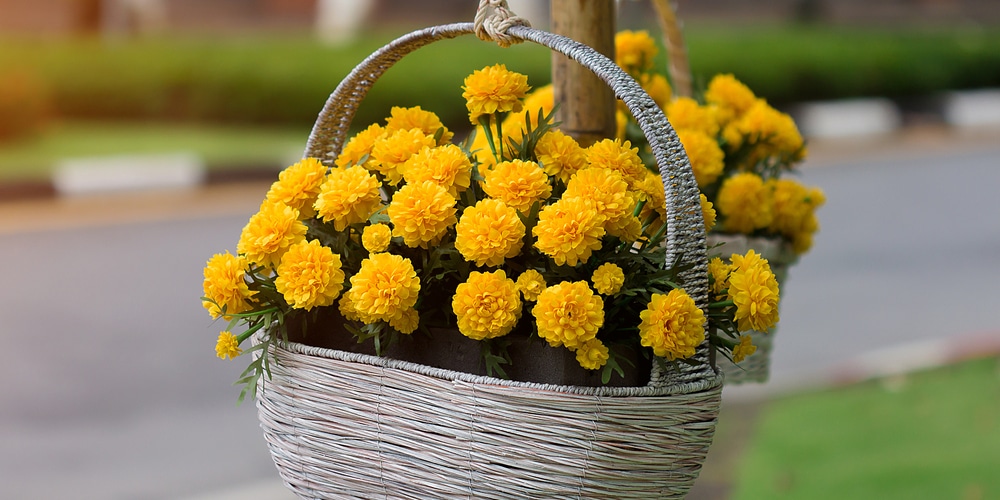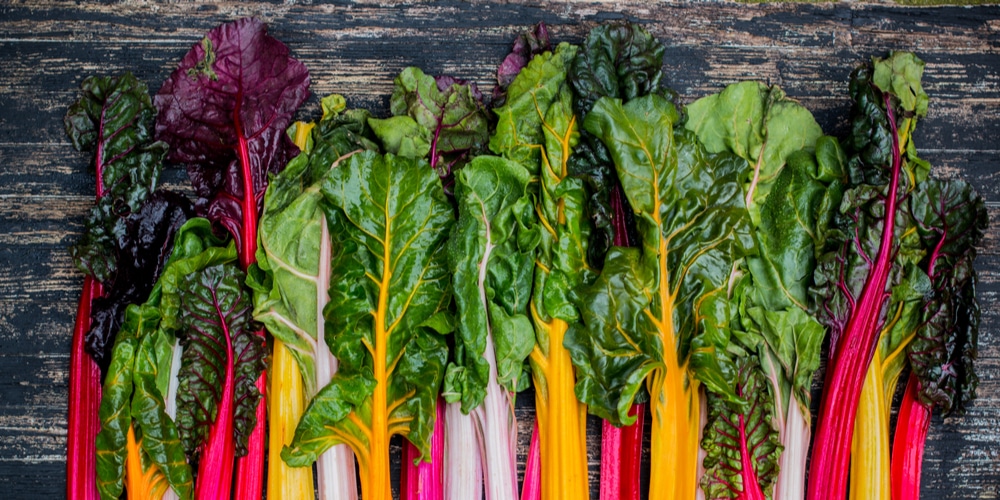Despite what you may think, green onions (also called spring onions or scallions) are nothing more than regular onions. Only you harvest them before the bulb matures. As you can expect, these vegetables are part of the allium family and not hard to grow. Alliums make for powerful allies to most plants because of their ability to deter pests and animals with their strong scent. However, not all plants grow well next to green onions.
Also, try different combinations to find plants that will benefit from improved flavors and taste. Indeed, green onions can release chemicals to the ground that might add sweetness and enhance the taste of your vegetables, herbs, and even fruits. Are you curious to learn more about green onion companion plants? Read our essential guide to find out more about them!
Green Onion Companion Plants
Selecting the proper species can improve the yield and quality of your vegetables. But choosing the wrong ones can result in unhealthy and unattractive plants. You should know which green onion companion plants to add to your garden for better quality harvests.
Cabbage

Green onions don’t do well with all vegetables. While they contribute to deterring pests, they can also stop the growth of some plants. For instance, you shouldn’t plant them next to asparagus or beans. However, green onions can be the ideal companion for cabbage plants. Indeed, they will repel harmful insects like cabbage worms, loopers, and maggots.
If you prefer other members of the Brassica family, don’t worry. Green onions can increase the yield and quality of your broccoli, kale, and cauliflowers too! Don’t hesitate to plant onions around these plants to create protection against common insects that may destroy your crops, especially if you don’t like the idea of controlling them using chemicals.
Chamomile

Chamomile has antibacterial and antifungal properties that will benefit your green onions in the long run. Plus, this plant seems to improve the flavor of your onions, increasing sweetness and limiting the bitter flavors. In exchange, green onions deter some insects that like to feed on this delicate-looking plant. The win-win is obvious. Plus, chamomile can help make your garden more alive: its white flowers will cover your garden if you give them the chance to do so!
Carrots
Carrots are not hard to grow. However, they are susceptible to attacks from the carrot fly, which is hard to control. To limit damages (and allow your carrots to thrive), consider adding green onions next to them. Their strong scent deters the dreaded pests and allows your carrots to produce fruitful harvests.
Marigolds
Marigolds are ideal companion plants to most vegetables. Their attractive blooms ensure pollinators come and visit your garden, which is what you want if you are growing lots of vegetables in your yard. Plus, marigolds can make your vegetable bed more attractive and colorful during the summer and spring. The two plants thrive in similar conditions, making them perfect pairs.
Swiss Chards
Swiss chards have large leaves that contribute to keeping the soil moist. Your green onions won’t have to struggle to absorb the nutrients they need to thrive and will produce rich harvests for you to enjoy. In exchange (as you may expect by now), green onions will deter harmful insects and provide your Swiss chards with an optimal environment to thrive.
Strawberries
Despite what you may think, onions do well next to strawberries. Indeed, they contribute to getting rid of aphids, which can destroy your precious berry. In return, your strawberries will help retain moisture in the soil, creating optimal conditions for your onions to grow.
Green Onion Companion Plants: The Bottom Line
Green onions are easy-to-grow vegetables. While they will do well alone, you can exploit their ability to repel insects to ensure your plants thrive without suffering from pest attacks. Also, you can pair them with flowering plants to attract beneficial pollinators and allow your plants to live in a symbiotic relationship.
Companion planting is not complicated, but it has some rules. Choose plants that thrive in similar conditions to make the most out of their mutual relationship. Also, don’t forget to test your pH levels. Onions grow well in pH levels between 6.0 and 7.0. Avoid choosing plants as companions that prefer more acidic environments if you don’t want negative surprises.
Related Article: Is Onion a Vegetable?



